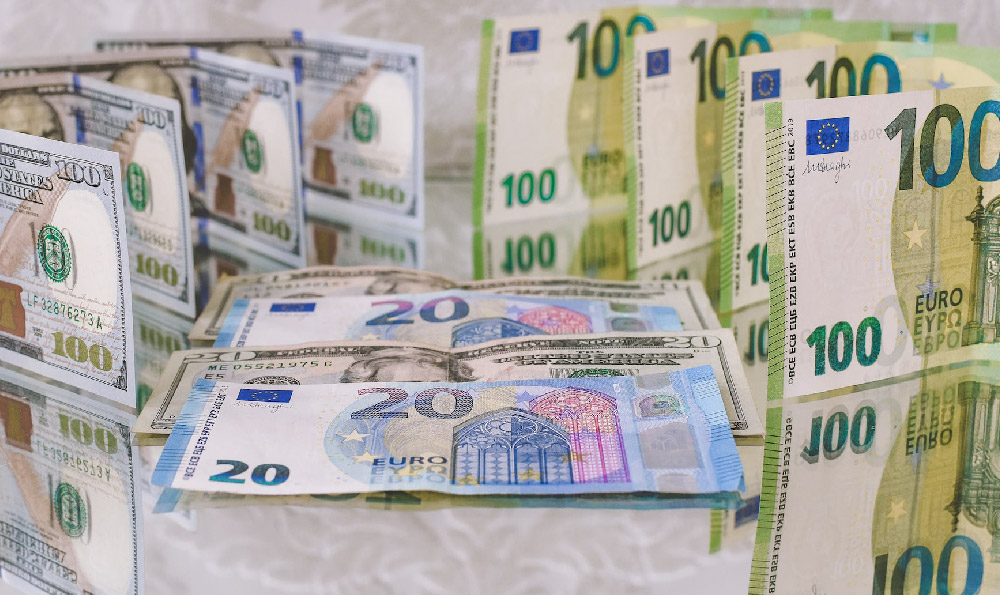
Formula 1, the pinnacle of motorsport, is a global spectacle watched by millions. Behind the roaring engines and nail-biting overtakes lies a complex financial ecosystem. Understanding how Formula 1 teams generate revenue and maintain profitability is crucial to appreciating the sustainability and competitiveness of the sport. It's a high-stakes game, both on and off the track, where success depends not only on engineering brilliance and driver talent but also on smart financial management and diverse revenue streams.
The primary source of revenue for Formula 1 teams is, without a doubt, sponsorship. These partnerships represent a significant influx of capital, enabling teams to invest in research and development, driver salaries, and operational infrastructure. Sponsors are attracted to Formula 1 because of its global reach, high visibility, and the association with cutting-edge technology and performance. The logos plastered across the cars, driver overalls, and team uniforms are not just aesthetic; they represent millions of dollars in investment. The value of a sponsorship depends on several factors, including the team's performance, brand image, and the level of exposure offered. Top teams like Ferrari, Mercedes, and Red Bull Racing command premium sponsorship rates due to their consistent success and global fan base. These teams often attract multinational corporations seeking to enhance their brand awareness and associate themselves with a winning image. Conversely, smaller teams often rely on smaller, more targeted sponsorships or even personal relationships with wealthy individuals. The competition for sponsors is fierce, and teams must constantly innovate their sponsorship packages to remain attractive to potential partners. This can involve offering unique hospitality experiences, access to data and technology, or even opportunities for collaborative marketing campaigns.
Beyond sponsorship, Formula 1 teams receive a significant portion of their income from prize money and commercial rights payments distributed by Formula One Management (FOM). The distribution of these funds is based on a complex formula that takes into account several factors, including the team's historical performance, current championship standings, and their level of participation in the sport. Teams with a longer history in Formula 1 and a consistent track record of success generally receive a larger share of the prize money. This system is designed to reward teams that have contributed to the sport's legacy and ensure their continued participation. However, it can also create a disparity between the top teams and the smaller teams, making it difficult for the latter to compete on a level playing field. While the details of the distribution agreements are confidential, it’s publicly acknowledged that teams such as Ferrari historically receive extra payments in recognition of their contribution to the sport's heritage, often referred to as "heritage payments" or "constructors' championship bonus." These payments can be substantial, providing a significant financial advantage.

Merchandising and licensing also contribute to the revenue streams of Formula 1 teams. Fans are eager to purchase branded merchandise, such as clothing, accessories, and scale models of the cars. This provides teams with a direct source of income and reinforces brand loyalty. Licensing agreements allow teams to partner with other companies to produce and sell products featuring their branding. The revenue generated from merchandising and licensing is often smaller compared to sponsorship and prize money but is nonetheless a valuable source of income, particularly for teams with a strong brand identity. The appeal of owning a piece of Formula 1, no matter how small, translates into considerable retail opportunities. This income stream can be greatly expanded through online retail and ecommerce.
The sale of engines and technology to other teams is a less widely discussed, but nonetheless vital, source of revenue for some manufacturers. Teams like Ferrari, Mercedes, and Renault not only design and build their own power units but also supply them to other teams. This provides a significant source of income and allows these manufacturers to amortize the costs of their engine development programs. The regulations governing engine supply are complex, and the prices charged are often negotiated on a case-by-case basis. However, the sale of engines can be a significant revenue generator for these teams, particularly in years when they are developing new or updated power units. The sharing of technology extends beyond engines, as some teams collaborate on aerodynamic development and other areas of expertise.
However, generating revenue is only half the battle. Managing costs effectively is equally crucial for maintaining profitability. Formula 1 teams face significant expenses, including research and development, driver salaries, personnel costs, logistics, and travel. The cost of developing and manufacturing a Formula 1 car is immense, requiring a team of highly skilled engineers and technicians. Driver salaries represent a significant portion of the team's budget, particularly for top drivers who command multi-million dollar contracts. The cost of transporting the cars and equipment around the world to different race locations is also substantial. The ever-increasing travel schedule adds to the financial burden, requiring careful logistical planning to minimize costs.
To control costs, Formula 1 has implemented a series of regulations, including budget caps and restrictions on engine development. The budget cap, which was introduced in 2021, limits the amount of money that teams can spend on certain aspects of their operations. This is intended to level the playing field and prevent wealthier teams from outspending their rivals. The restrictions on engine development are designed to limit the amount of money that teams can spend on developing new power units. The limitations and regulations are meant to encourage innovation within a defined framework and ensure sustainability.
Ultimately, the profitability of Formula 1 teams depends on a delicate balance between revenue generation and cost management. Teams must be able to attract sponsors, secure prize money, and control their expenses in order to remain competitive and sustainable. The teams that are most successful at managing this balance are the ones that consistently perform well on the track and enjoy long-term success in the sport. The financial health of a Formula 1 team is as crucial as the engineering prowess of its staff and the talent of its drivers. It's a complex and dynamic environment where financial acumen is just as important as technical expertise in securing victory. The pursuit of profitability in Formula 1 is an ongoing challenge, requiring constant adaptation and innovation to navigate the ever-changing landscape of the sport.




